I asked Joe if the backplane thermal switches on the upcoming Model ONE are DC and indeed they are..
That prompted the question:
"Did you ever publish a Mod to change the 400 / 700 thermal switches to DC ?
Any particular scheme that would be beneficial ? "
I am curious to see who has gone down this path and to what success ?
A couple of us have jumped in on the Model ONE thread but I think it deserves to stay on track.
So, The thread is open for business......
Who's first ?
M
That prompted the question:
"Did you ever publish a Mod to change the 400 / 700 thermal switches to DC ?
Any particular scheme that would be beneficial ? "
I am curious to see who has gone down this path and to what success ?
A couple of us have jumped in on the Model ONE thread but I think it deserves to stay on track.
So, The thread is open for business......
Who's first ?
M

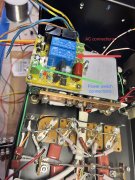
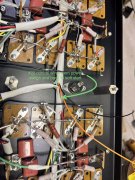
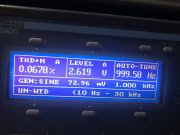

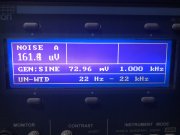

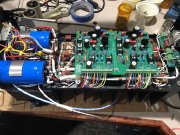
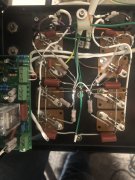
![IMG_5304[1].JPG](/data/attachments/76/76264-eb3adacafbaaa328a410eff529f8eff9.jpg)

